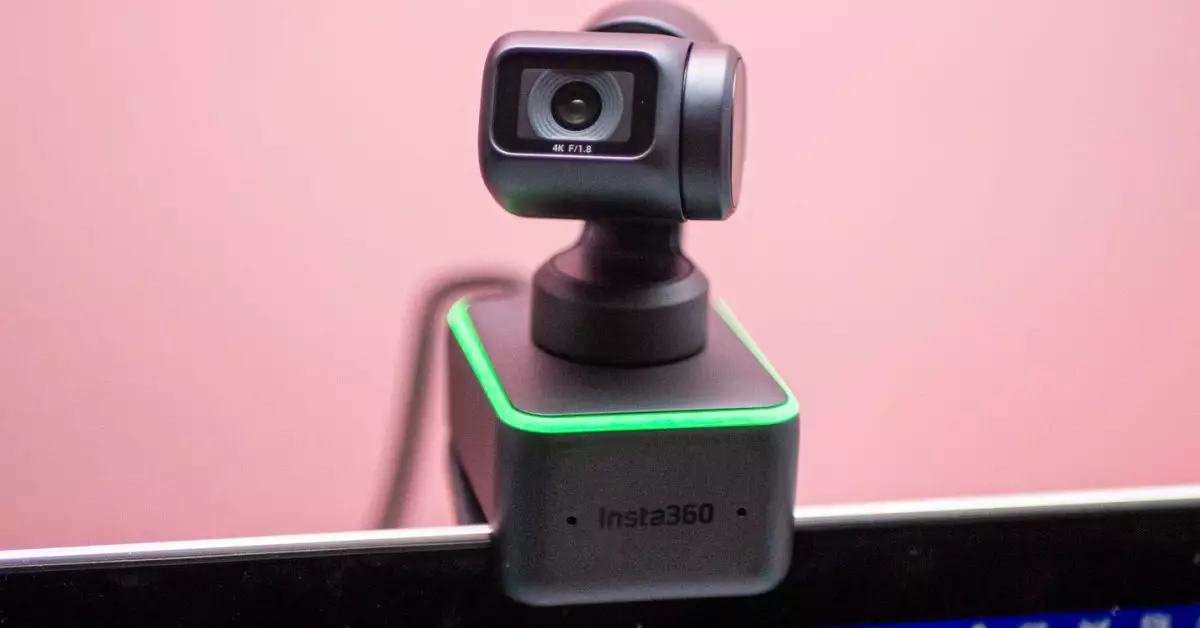As the gaming landscape evolves, so do the expectations of gamers. The recent announcement of the Nintendo Switch 2 came with significant excitement, particularly given its promise of video chat capabilities. However, gamers soon faced a frustrating caveat: not all USB-C webcams are compatible with the device. While the allure of utilizing existing hardware for enhanced gameplay and social interaction is strong, the reality stemming from Nintendo’s lack of a comprehensive compatibility list left many disillusioned.
Sean Hollister, a seasoned tech journalist and founding member of The Verge, illuminated these ongoing struggles. His investigative work unveils a pressing dilemma: how does one navigate the confusing landscape of webcam compatibility on a console that boasts USB-C capabilities? This question is crucial for modern gamers, especially as video interactions become an integral part of gaming culture.
The Pricing Challenge
Nintendo’s strategy with the Switch 2 doesn’t just rest on the allure of video chatting but encapsulates a broader trend in pricing dynamics within the gaming industry. The Switch 2 launches at a higher price point than its predecessor, not only for the console itself but also for essential accessories—like the chat button users will need to purchase separately. It raises eyebrows: why would gamers invest in a console that requires ongoing purchases just to engage seamlessly with their friends?
Enter the expectation of a simple, plug-and-play experience that Nintendo hinted at with compatibility announcements. The daunting reality of expensive peripherals exacerbates an already high entry price, leading some to wonder about the company’s strategy. Gamers are equipped with an array of cameras, but those expectations are dashed when most of them fail to function correctly with the device. Furthermore, the overwhelming majority of popular webcams fail to register with the console, pointing to a significant gap between Nintendo’s promises and user experience.
Testing Compatibility: A Simple Yet Frustrating Task
One of the surprising aspects behind the Switch 2’s compatibility drama is the ease of testing it offers. The straightforward interface invites users to navigate to System Settings and test USB cameras effortlessly. When a compatible webcam is plugged in, it lights up the screen with a visual response almost instantaneously. This design choice is commendable, reducing complexity. Yet, it starkly contrasts with the confusion stemming from a lack of clear compatibility information from both Nintendo and webcam manufacturers.
Nintendo’s refusal to amass and publish a definitive list of compatible webcams is conspicuous. Major manufacturers were approached, but no coherent responses offered further insights. This oversight has turned many gamers into amateur researchers tasked with compiling lists based on trial and error—hardly an ideal scenario for a reputable company known for its innovation.
The Road Ahead: Manufacturer Responsiveness
As the dust settles surrounding the Switch 2’s launch, some manufacturers appear to be stepping up. For instance, Elgato has signaled that it may consider firmware updates for non-functioning cameras, thus opening doors for eager gamers. However, the lack of initiative from other major brands like Logitech, Razer, and Microsoft to engage in this problem only compounds consumer frustration.
Crafting a lasting expectation of accessibility should be a priority for manufacturers committing resources to the gaming ecosystem. The current attempt by users and media to assemble a reliable and detailed list of working webcams should serve as a rallying call. The gaming community thrives on interaction, and having reliable compatible hardware is fundamental to that experience.
In an industry where connectivity and community engagement are cornerstones of growth, Nintendo’s approach to webcam compatibility raises pertinent questions. Gamers deserve clarity and intelligent collaboration between console makers and peripheral manufacturers. The excitement surrounding the Switch 2 could easily be diminished without swift actions from both parties to rectify these compatibility challenges, ensuring a streamlined gaming experience that nurtures connection rather than hinders it.


Leave a Reply